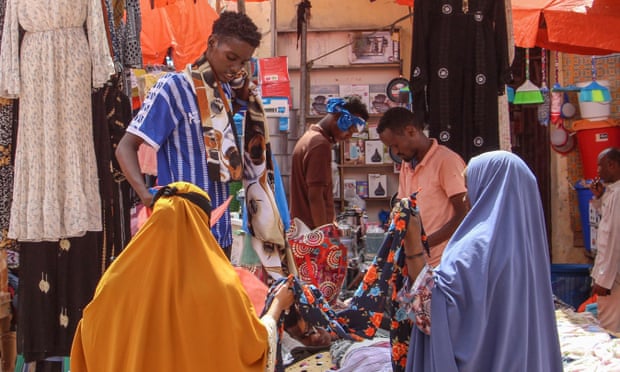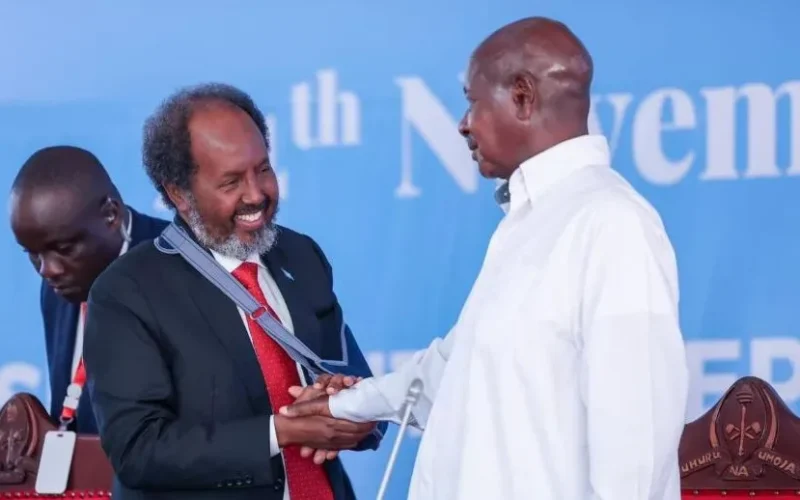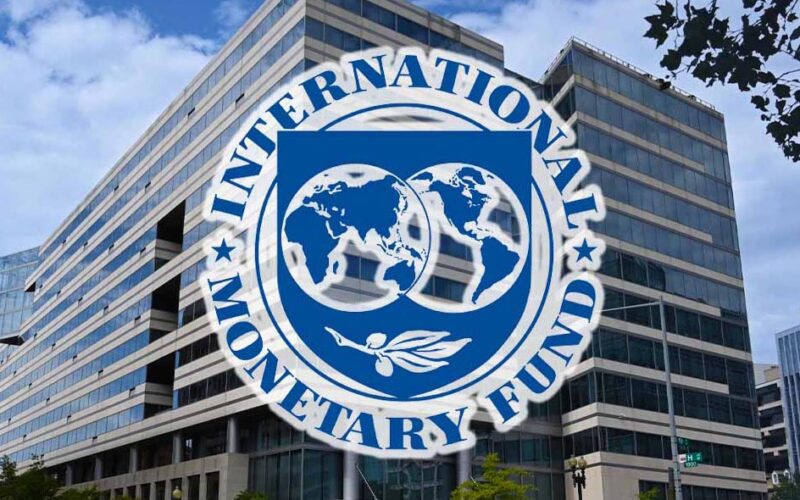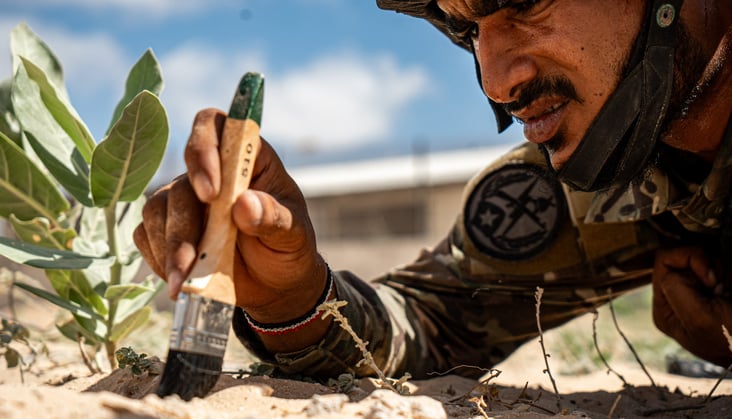In an era dominated by digital connectivity, Somalia is experiencing a remarkable surge in content creation, a trend that can be attributed to the increasing internet penetration rate and improved access to electricity. This surge has not only led to the emergence of a vibrant community of Somali content creators but has also opened up …
The Rise of Somalia’s Vibrant Content Creation Economy
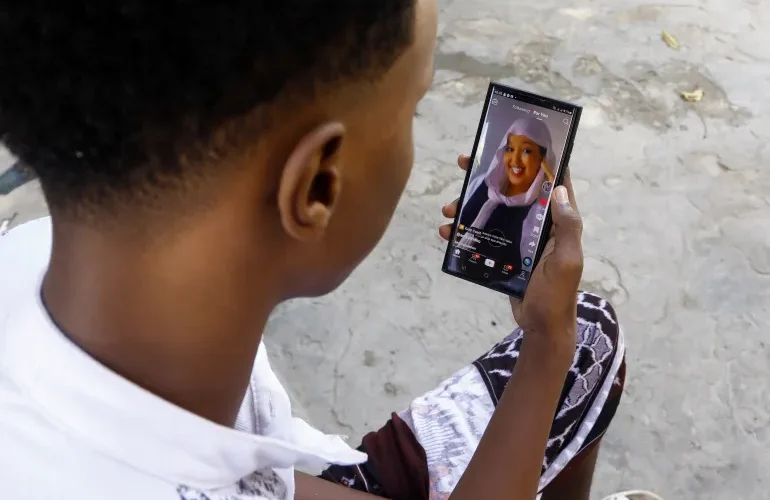
In an era dominated by digital connectivity, Somalia is experiencing a remarkable surge in content creation, a trend that can be attributed to the increasing internet penetration rate and improved access to electricity. This surge has not only led to the emergence of a vibrant community of Somali content creators but has also opened up new avenues for sustainable livelihoods. The internet, with its growing accessibility, is the catalyst for this digital revolution, transforming the creative landscape and contributing to
economic empowerment.
With the internet becoming more accessible, a new wave of content creators is emerging from Somalia. These creators, including storytellers, bloggers, artists, and influencers, utilise major social media platforms such as Facebook, Instagram, TikTok, and YouTube to showcase their unique talents. They share narratives that resonate with local audiences and sometimes reach a global audience. For instance, Nimco Happy, a Somali singer, went viral with her karaoke performance (I Sii Nafta), which led to a record deal. This success story is just one example of how the digital revolution is transforming the creative landscape and contributing to economic empowerment.
The content creation economy in Somalia is not just about opportunities, it’s about empowerment. Aspiring content creators and storytellers can explore diverse mediums, from vlogging and sketching to digital art and writing, to express themselves and the environment around them. The global reach of the internet allows them to connect with audiences worldwide, transcending geographical boundaries and cultural barriers. This empowerment is not just a possibility, it’s a reality for many Somali youth who have leveraged their creativity for financial independence and self-employment.
Furthermore, this rapidly expanding industry is not just about creative expression, but also about financial independence and self employment for many Somali youth. As they produce engaging content, they’re attracting brand partnerships, sponsorships, and other monetization avenues, turning their passion into a sustainable profession. The YouTube Partnership Program, Live Gifts on TikTok, and the Facebook Monetization Program are just a few examples of how content creators can monetize their work on social media platforms.
Many Somali TikTokers on the platform perform skits related to social, political, and current issues. These TikTokers have built large audiences, enabling them to approach businesses for product or service endorsements. Content creation can be a viable income source for self-employment in Somalia. Yusuf Mohamed, a Somali content creator, shares his tips for making money from content creation: “You can make money from content creation, but it depends on several factors, such as the platform, the audience, the quality, and the niche of your content.”








